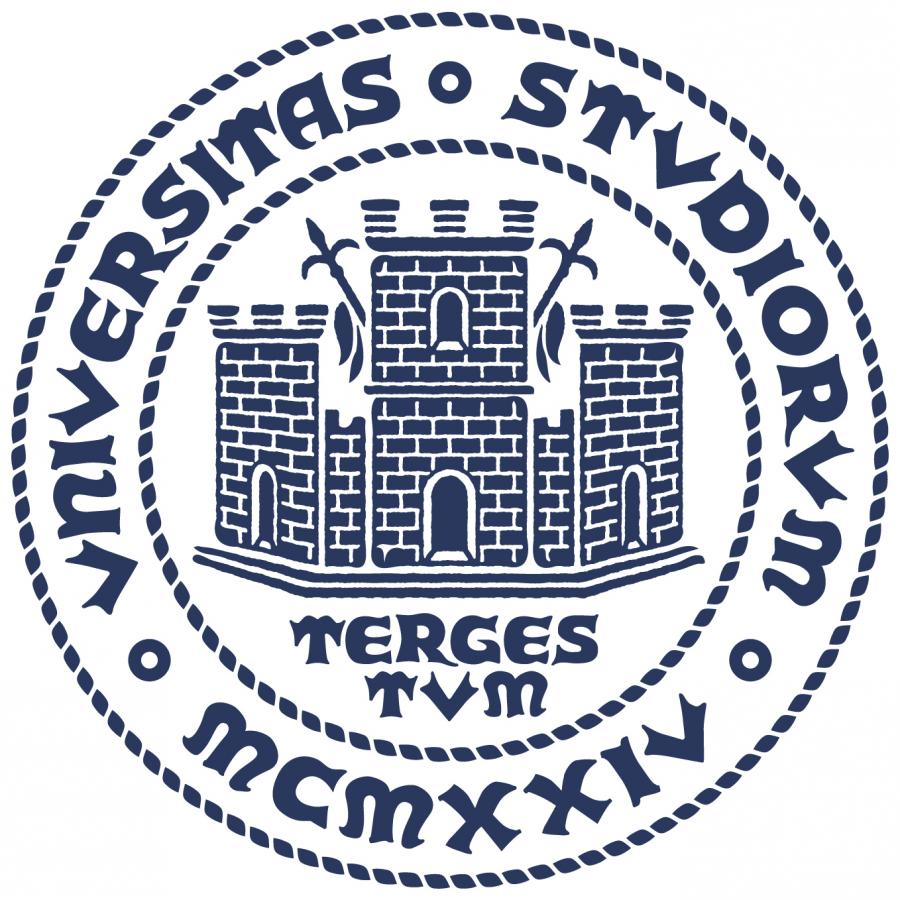- Home
- Dipartimento
- Ricerca
- Didattica
- Post Lauream
- Trasferimento della conoscenza
- Come fare per
Seminari - Prof. Yehia Abdel-Aziz - National Research Institute of Astronomy and Geophysics (NRIAG), Egypti
OPTICAL SYSTEM FOR SPACE DEBRIS SURVEILLANCE AT NRIAG, EGYPT - SPACECRAFT CHARGING AND FORMATION FLYING CONTROL USING ELECTROSTATIC FORCES
Tipologia evento:
home
Sede:
Trieste
OPTICAL SYSTEM FOR SPACE DEBRIS SURVEILLANCE AT NRIAG, EGYPT
As the number of space debris growths with time around the Earth, the collision probability between space debris and active satellites increases. In order to avoid a collision, it is necessary to monitor space debris. In the absence of an optical monitoring system in the Middle East and North Africa, National Research Institute of Astronomy and Geophysics (NRIAG) has been established the passive optical system for space debris surveillance which consists of an optical telescope attached with a highly sensitive camera with a field of view in the range of (3.4×2.3). According to this system, we can detect objects with a diameter about 15 cm which can cause major damage to active satellites. The primary goal of the optical system is to obtain and preserve physical and orbital information of space debris by purely optical means. To overcome the limits of optical observation, we have included in the International Scientific Optical Network (ISON) through scientific cooperation. The NRIAG team started a test operation in March 2019. A group of LEO space debris and satellites such as FENGYUN 1C DEB, CFESAT and COSMOS 2251 have been successfully observed using its NORAD Two-Line Element Sets (TLEs). On the other hand, the dynamical model for active Space debris removal have been developed and tested for different cases.
SPACECRAFT CHARGING AND FORMATION FLYING CONTROL USING ELECTROSTATIC FORCES
The presentation divided into two parts which related to natural and artificial phenomena of Charging and discharging on the surface of spacecraft. The natural one is related to study the effects of charging and discharging on the material of satellite’s structure and solar cell with simulated space plasma environment at National Space Plasma Interactions Unit (N-SPI-U),(NRIAG), Egypt, to investigate the acricng and degradation of the surface and solar cell.
On the other hand how to use the concept of Lorentz force as artificial charging on spacecraft to provide a propellantless electrostatic propulsion, through the interaction between an electrostatically charged satellite and the Earth’s magnetic field to provide a useful thrust, which can be used for control both orbital and attitude motion. This idea needs to install an ion collector on the satellite to increase the level of charging as artificial charging. In this work the Lorentz force has been developed for two terms, a) first term, which was experienced with the magnetic field in the case of absolute charging of the spacecraft; b) the second term, which was experienced with the electric field in the case of differential charging of the spacecraft. We developed a mathematical model of fuel-optimal satellite formation keeping using a low thrust propulsion system using Electrostatic forces The linear time-varying relative dynamics which describe the relative motion in the presence of second zonal harmonic perturbation and total Lorentz force have developed. The proposed controller includes a feedback control using a real-time fuel-optimal control approach are considered. Application of a Legendre pseudospectral method is presented using quadratic programming for the fuel-optimal control problem. Feedforward control (iterative learning control) is used to improve formation keeping accuracy by eliminating the effects of periodic perturbations due to second zonal harmonics. The simulation results confirm the capability of using Lorentz force to provide an optimal propellantless to control the formation keeping.
Luogo:
Aula A - Dipartimento di Fisica - Via Valerio, 2
Promotore:
Anna Gregorio
Contatti:
yehia@nriag.sci.eg
Ultimo aggiornamento: 13-06-2019 - 23:05



